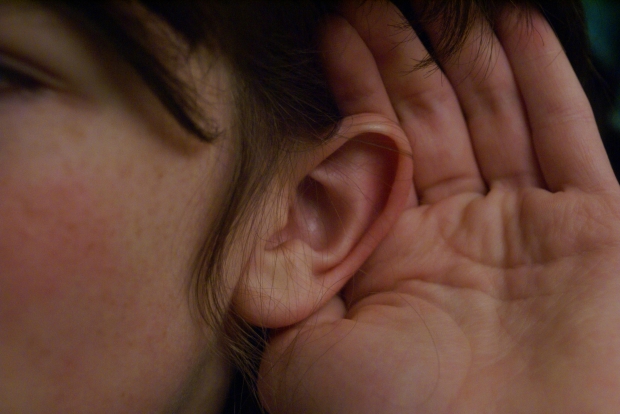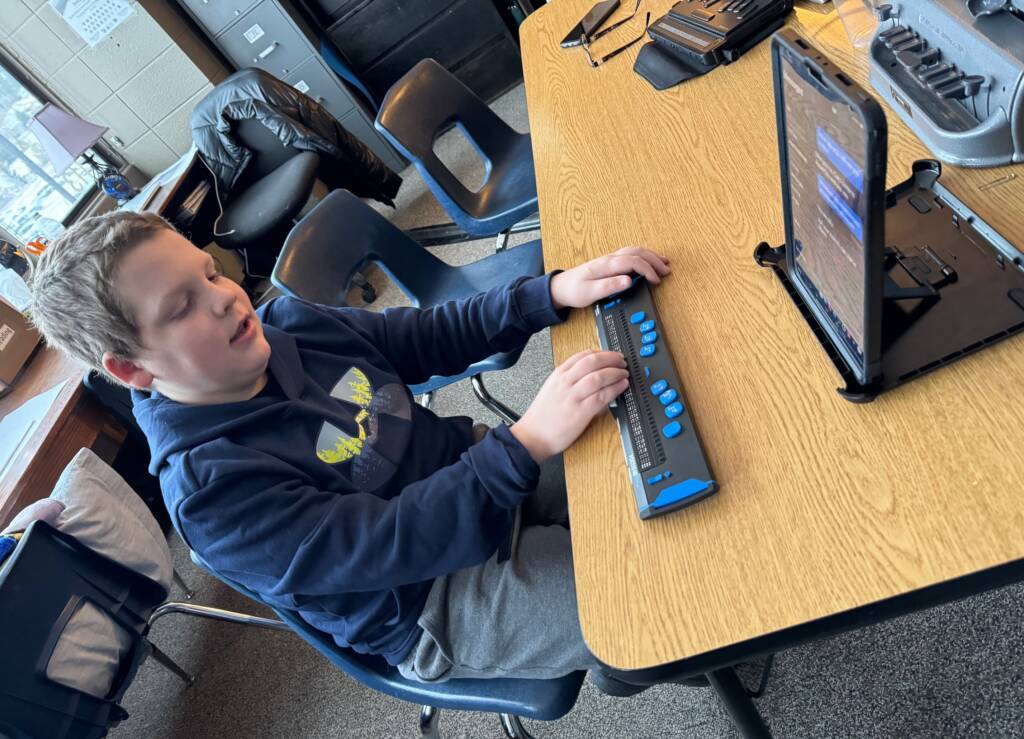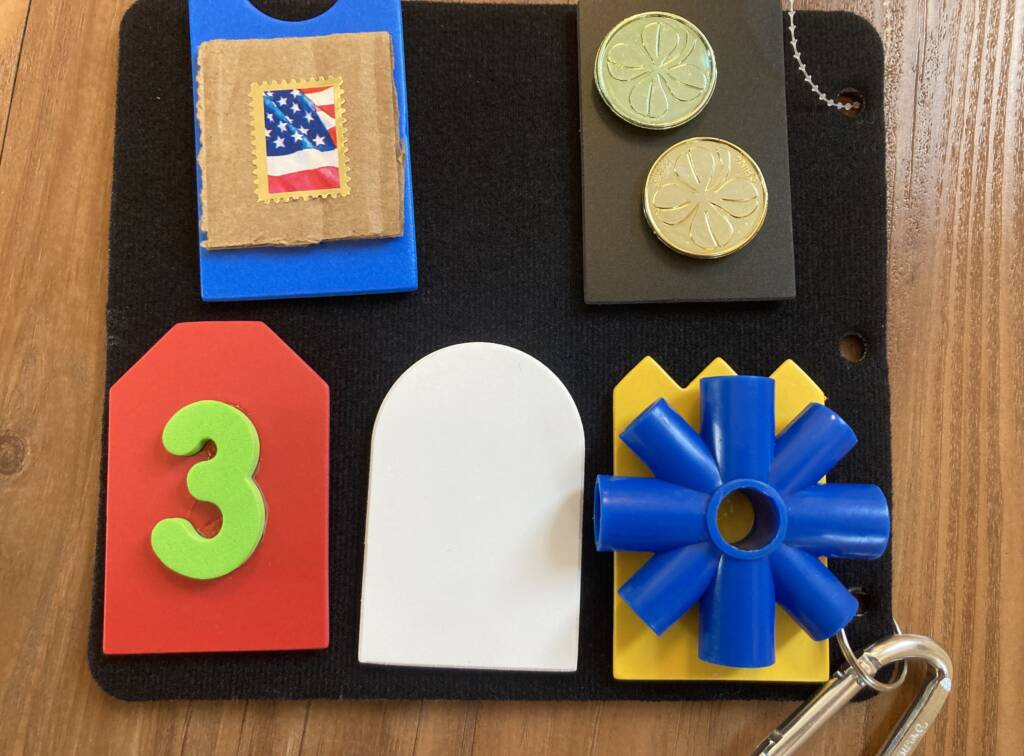Are You Listening? by Kate Moss Hurst, Texas School for the Blind and Visually Impaired, based on materials presented by Jim Durkel, TSBVI, looks at:
- how we hear
- causes of hearing loss
- characteristics of sound
- components of understanding the spoken word
- other factors influencing auditory skills
- the role of vision and hearing in early learning
- addressing the effects of hearing loss
- strategies for developing listening skills
Strategies for Developing Listening Skills
Strategies for supporting young children who are blind or visually impaired to develop listening skills include:
- Determining current skills
- Drawing attention to sound in a non-pressuring way
- Modeling a variety of reactions to sound
- Presenting sound in a variety of contexts
- Making sound a part of routines
- Pairing visual and tactile cues with sound
- Engaging in turn-taking
- Using simple repetitious language
- Responding to the child’s vocalizations
- Encouraging the child to experiment with sound




